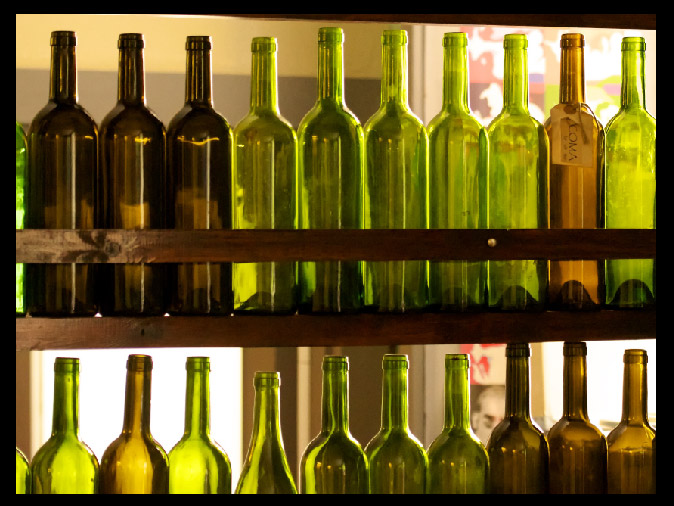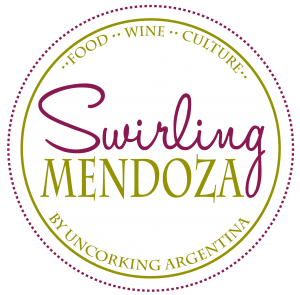Wine Bottles – Shapes, Sizes & Standouts

When it comes to wine looks, it´s usually the label that gets all the glory. But what about the bottle itself? Slender, tall, short, round – wine bottle shape is the culmination of many things: Culture, function & fashion. Most food packaging strategy comes down to a few simple principles: keep it safe, cost-effective and efficient to pack & ship. Wine bottles fail in the latter 2, but a well-made bottle can make all the difference between a wonderful experience, and a destroyed drink. And while the curvaceous vessel certainly transmits elegance, it´s really more about function: dark glass protects against light damage, when stored horizontally the cork is in contact with the wine, and sediment can be trapped in the shoulders when the wine is poured. Contrary to urban legend, the bottle shape itself does not improve flavor, though the color of the glass is fundamental.
- Brown – Rarely used, and usually associated with wines from Rhine or Alsace
- Clear – Used for white and rosé wines not intended for aging
- Dark green – white and red wines intended to for aging, as the green glass protects against light
Size is also an important variable to consider when it comes time to bottle. The most common sizes on the marketplace today are 375 mL (known as a split, or half-bottle), 750 mL (standard size), and 1.5 L (Magnum). Beginning in the early 19th century, the wine bottle began to diversify, and new styles & shapes emerged. So why choose one shape over the other? The decision typically comes down to a merging tradition and marketing. Bottle type often indicates what kind of wine is inside, which makes it easier for consumers to quickly find (and buy) their favorites. Here are some of the most common wine bottle types and shapes:
Bordeaux-style bottles
 Perhaps the most-widely used bottle shape, the Bordeaux style has straight sides and tall shoulders. It originated in from the Bordeaux region in South Western France, and is used to bottle both whites and reds. Today it is widely used for both new and old world wines, though it provides a nifty side-benefit to aged wines: the shoulders trap sediment when the wine is poured.
Perhaps the most-widely used bottle shape, the Bordeaux style has straight sides and tall shoulders. It originated in from the Bordeaux region in South Western France, and is used to bottle both whites and reds. Today it is widely used for both new and old world wines, though it provides a nifty side-benefit to aged wines: the shoulders trap sediment when the wine is poured.
Burgundy-style
With gently sloping shoulders and a slightly rounder body, the Burgundy-style bottle tends to be sturdier, heavier and almost always made with green glass. It is internationally used for a variety of wine styles, but is particularly associated with Pinot Noir and Chardonnay.

Rhine/ Hock style
The hock bottle type is similar to the Burgundy bottle, but slightly slimmer. Traditionally wines bottled in this style, such as Chateauneuf du Pape, display a coat of arms just below the bottle´s neck – a small tradition that helps distinguish this style from the rest. Today, it is commonly used for New World Shiraz.
Sparkling wine / Champagne bottle
In the case of bubbly, the bottle shape is more a result of function than fashion. Thick glass, sloping shoulders and deep punt combine to create a strong structure, capable of resisting the pressure of the CO2 carbonation inside (3 times the pressure of a car tire). Sparkling wine bottles that (literally) can´t handle the pressure, end in an explosion of bubbles and glass – a tragic waste of an enjoyable drink. Sparkling wine corks also stand out from the pack, as 1/3 of the cork remains outside of the neck of the bottle, giving you something to hold onto as you carefully twist & pull.
Fortified wines
Fortified wines, including Port, Madeira and Sherry, have a bottle style all their own. Vintage port in particular stands apart as its bottle has a bulge in the neck, which collects sediment and prevents it from landing in your glass. Fortified wine bottles are often made of dark glass, and many are sealed with a cork stopper, instead of a long cork. And then again, there are also those bottles that simply break all the rules. Like this contorted, half-melted standout bottle!


